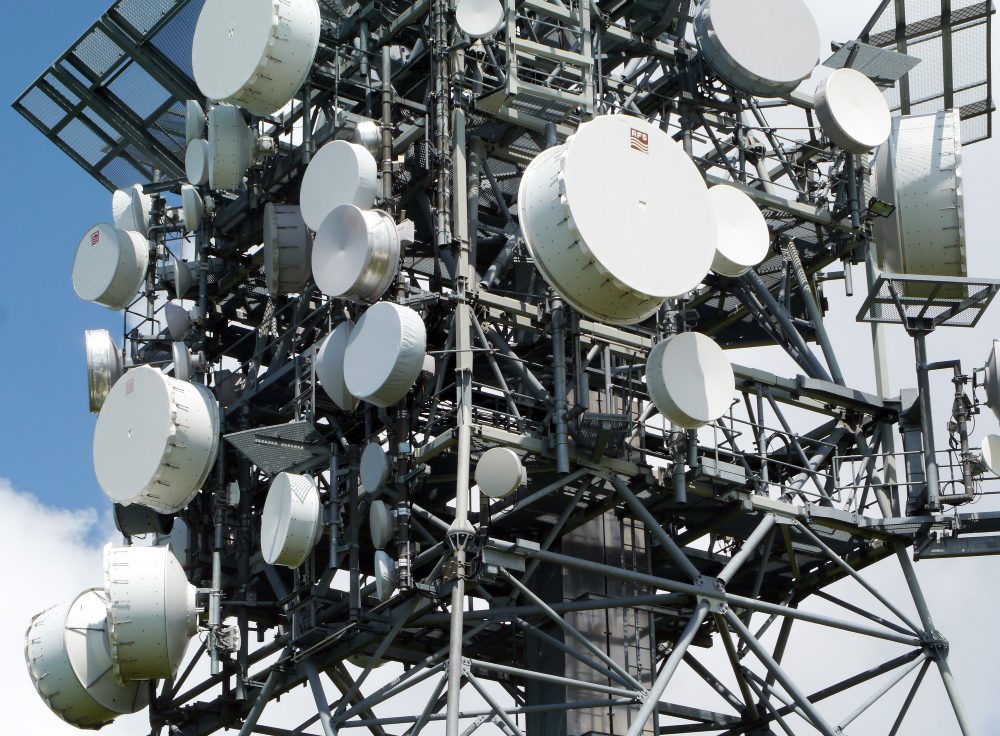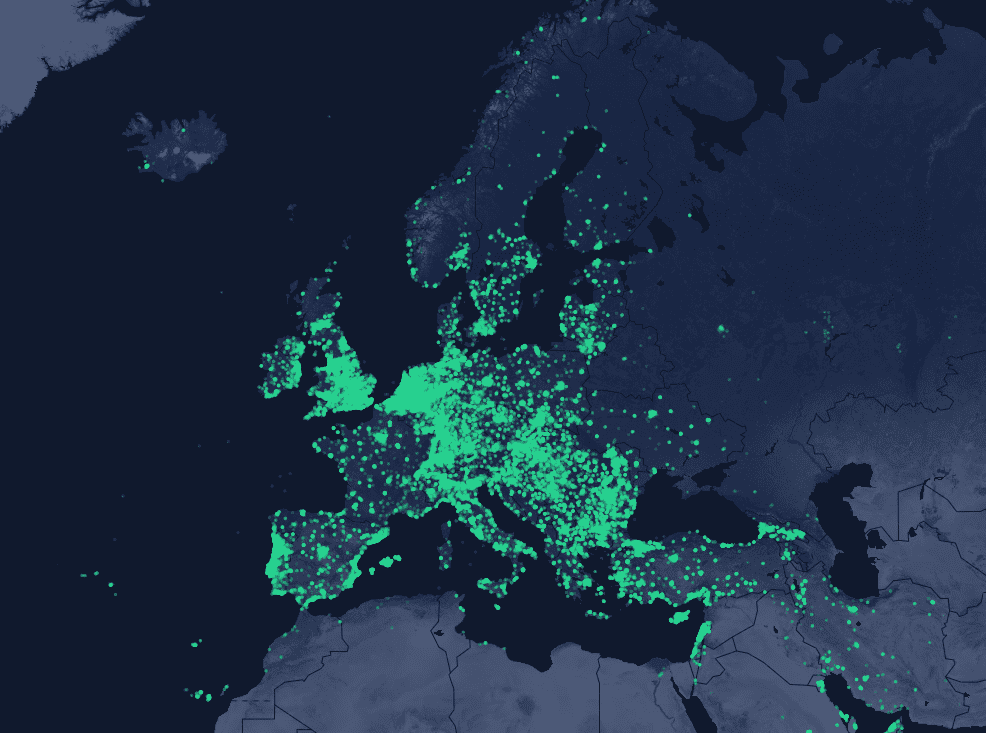Spis treści:
Mobility seems to be the motto of our times – anywhere, at any time, you can use a wireless connection to find out about something, use navigation, or order food or transport. Almost anything is possible, as long as we are within range of the network.
Telecommunications standards evolve from time to time to meet the ever-increasing demands of users. So it’s no surprise that every now and then there are new abbreviations for these technologies to remember. Today, we are taking a look at the LoRaWAN system, which is playing an increasingly important role.
More, faster, further…
Wireless connectivity is undoubtedly an asset of modern technology. In the past, to have a conversation other than face-to-face, we had to use the post, or wait in line at a phone box – those were the days when even a landline in homes was not a standard. In 1982 the Groupe Spécial Mobile (GSM) institute was set up to develop the first mobile phone standard. As time went by, the project was developed and the communication standard worked better and better and gained more and more interest in subsequent countries, which was eloquently demonstrated by the change of name to the Global System for Mobile Communications. The communication system developed very quickly and today, thanks to international roaming, we are able to call and use telephones in most countries in the world.

Just as telephone conversations have become increasingly widespread, so have standards strictly for data transmission. LAN (Local Area Network), which allows the exchange of information between devices via cables, was joined by a wireless variant – WLAN (Wireless Local Area Network). It is nothing else than Wi-Fi operating in almost all buildings. As we know, this network has a relatively short range, so much so that even in our flats there is often a ” blind spot “. However, progress has this to itself does not want to stop – networks have become more and more efficient, faster and larger.
Local networks have expanded to such an extent that we have welcomed another standard – WWAN (Wide Wireless Area Network), which is characterised by a much larger area of operation. Such a network already offers great opportunities, after all, we often use it to make use of all kinds of telecommunications services – GSM, LTE or UMTS are systems of this type. Without it, video calls, shopping or browsing social media on a smartphone would not be possible (if smartphones as we know them today even existed).
However, even coverage of entire cities turns out not to be enough for today’s demand. Now we are dealing with the next level of connectivity – the LoRaWAN (Long Range Wide Area Network) is coming into action, offering even more possibilities and even greater range.
LoRaWAN
Have you heard of the so-called Internet of Things? The concept involves widespread communication between devices to enable the automation of industry, the realisation of so-called Smart Cities and to provide improved safety and convenience of life. An article about this concept has already appeared on our blog, so we recommend reading it. Real-time communication requires a lot of bandwidth, and this causes a drastic reduction in coverage. However, for a building to communicate with a building, a street lamp with others on the street, and industrial machines to exchange data with each other, the priority is not speed but distance.
This is what LoRaWAN provides, which is derived from LPWAN, or Low-Power Wide Area Network, which provides long-distance communication with low power consumption. In a LoRaWAN network, supported distances are in the range of 10-15 kilometres and data rates can be up to 50 kbps. It is not designed to transmit images and videos of the highest quality, but to ensure secure and stable communication. In a way, this is a distinguishing feature of this type of network, as other types are constantly increasing their capacity.

LoRaWAN uses the 868MHz band in Europe, and the core of its operation are the so-called gateways. By communicating with the end devices connected to the gateways (the maximum number of gates is currently estimated at a couple of thousand per gateway and the number is expected to grow), the system forms an extended star topology. With the launch of subsequent gateways, the range of global wireless networks, such as The People’s Network or The Things Network, increases.
It is worth noting that, considering the availability of equipment based on this technology and operating on a public and free frequency, there is no need to invest millions in huge telecommunications antennas, and each device that can operate even in private homes, farms or businesses makes its contribution and increases the reach of the network. This is particularly noticeable in urban regions, but hotspots are also popping up in rural areas. The transmission is also encrypted with a 128-bit AES key, so using LoRaWAN is therefore a way to communicate long-distance safely and for free.
The technology of the future, or the future of technology?
One could say that this technology is in its early days, but it promises to be very promising. Already, there are many ideas for its use – most notably for intelligent buildings, cities, agriculture and transport, and especially in industries such as logistics and wider industry. With the extension of the network, entire cities and metropolises will gain new opportunities and areas beyond them may be able to develop faster.
How useful was this post?
Click on a star to rate it!
Average rating 0 / 5. Vote count: 0
No votes so far! Be the first to rate this post.


